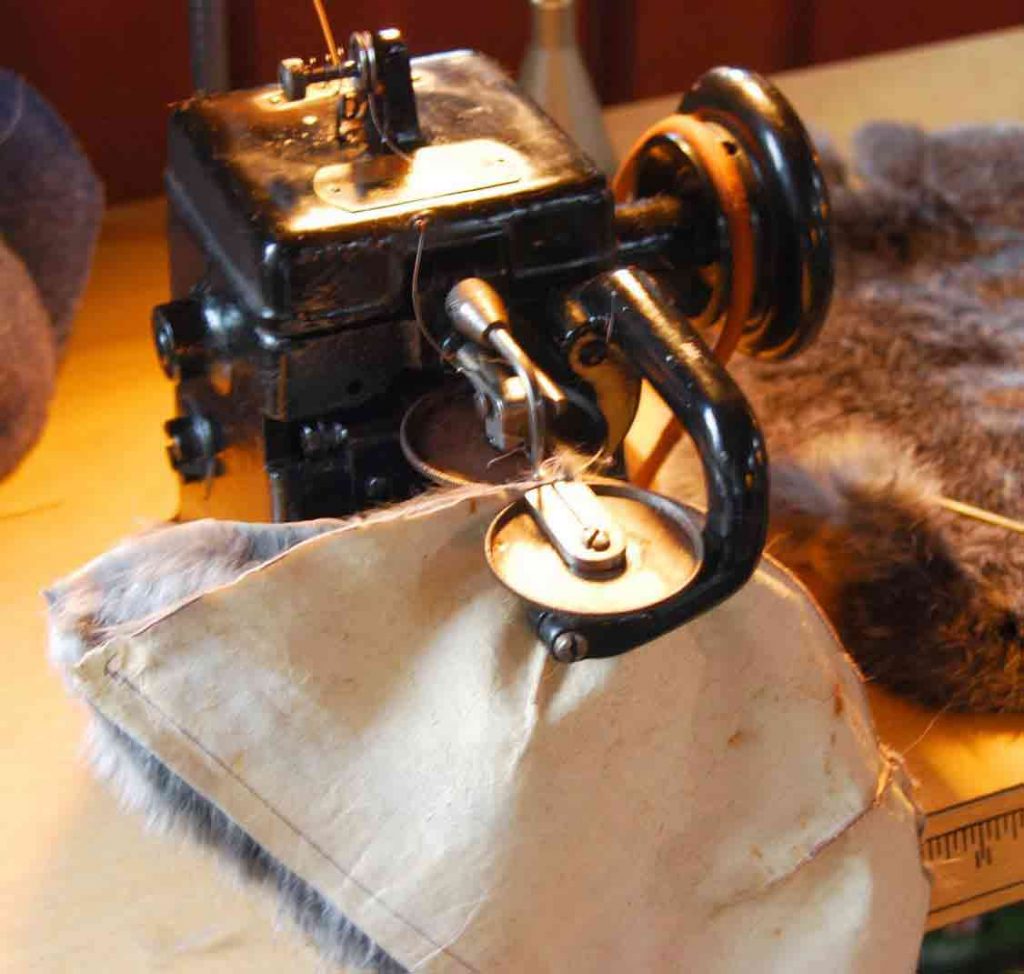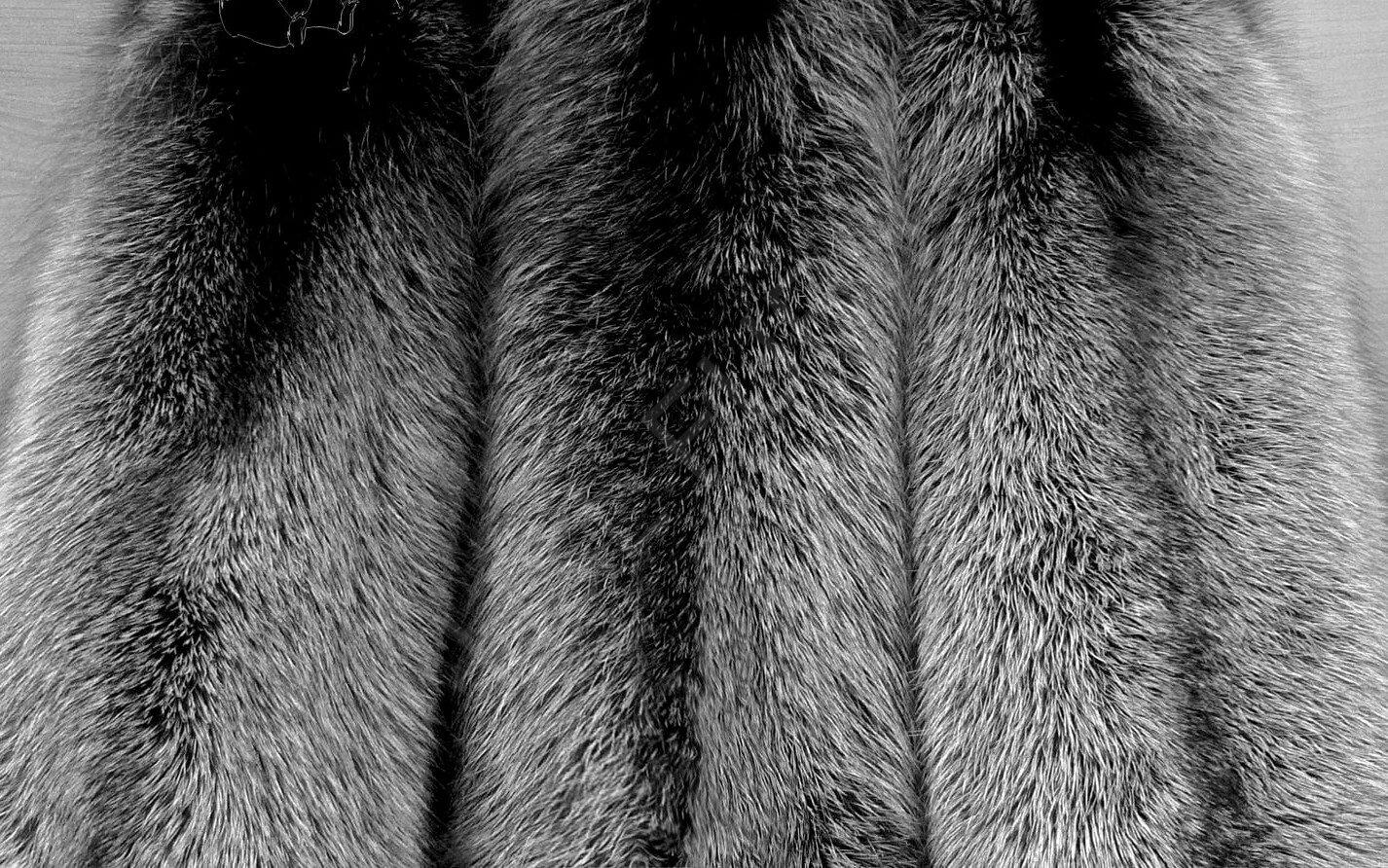7 Characteristics That You Should Know to Identify Fur Quality

The world’s largest annual human migration in 2019
2019-01-28
If you are a fur products manufacturer, they’re your another “hands”
2019-04-08A lot of clients ask the way to check fur quality. Today, we conclude the following characteristics of fur:
Animal furs exhibit different qualities by the changing of seasons: winter is the best, autumn is good, spring is bad and summer is the worst. The quality of the fur material is evaluated mainly by fur length, density, thickness, softness, color, elasticity, felting, clarity of the pattern, thickness of the skin and strength of the combination of the hair and the skin.
1. Length
The length determines the thickness of the entire hair, and it is also related to the aesthetics, softness and cold resistance of the hair.
The length of the hair is divided into natural length and absolute length.
2. Density of Hair
The density of hair refers to the number of hairs per unit area. The density of the plush directly determines the warmth of the fur. The higher the density, the better the quality of the fur. For fur density on exact clothes, please come to www.hlfurs.com.
To identify the length and density of the hair from sensory, people usually describe with 3 levels (thick, slightly empty, and empty).
3. Thickness and Softness
The thickness and softness of the fur are based on the same type of animal fur.
The thicker hair has better elasticity, but poor appearance. The thinner hair is more flexible, soft and beautiful.
The softness of the hair is mainly determined by the structure of the hair, the ratio of the thickness to the length, and the ratio of the number of long hair and underside, and also depended on the hair dyeing technique.

4. Gloss of Hair
The Gloss of the hair is related to the quality of the long hair, the closeness of the scale on the hair surface, and the oiliness secreted by the sebaceous glands. Generally speaking, the thinner the scale, the tighter it is on the hair, the smoother the surface, the stronger the reflection, the brighter the gloss. Therefore, the reflection of the thicker hair is stronger.
5. Color
Natural color and pattern play an important role in identifying the quality of the fur. For most animals, the color is different for different parts. Even on the same fiber, the color of bottom and top is different. It is usually superior for the fur with pure color and clear back pattern. Regarding the fur with rich patterns or special textures, it should be clear with speckled spots, complex and obvious patterns. As the fur value is related to the color and aesthetics, people often use low-grade fur to imitate high-grade fur to meet the needs of the mass market.
6. Elasticity and Felting
The elasticity of the hair is directly related to the size of the raw material and the processing method. The better elasticity has a stronger ability in the recovery after bending and deformation. To improve the elasticity of the hair and increase its ability to the resistance of deformation, modern skinning methods are often used.
Felting refers to the phenomenon of intertwining, entanglement and disorder caused by the mutual friction between the hair and the hair under the action of external force. In general, better quality fur has weaker felting and vice versa. The felting properties can be reduced by treatment with chemicals.
7. Quality, Thickness and Area of The Leather Side
As fur is composed of two parts: hair and leather. The leather part is also important in the quality of fur.
The quality of the leather part depends on the thickness, the uniformity of thickness, the oiliness, the tightness of the skin and the strength of the skin. The weight of the skin is proportional to its thickness and area. Normally, for the same raw material skin, the hips and back are the thickest and heaviest, next to the two sides, and the ribs are the thinnest.
As the increasing of the animal age, the thickness and weight of the leather part are also increasing. In addition, the area of the skin is related to the animal species, gender

